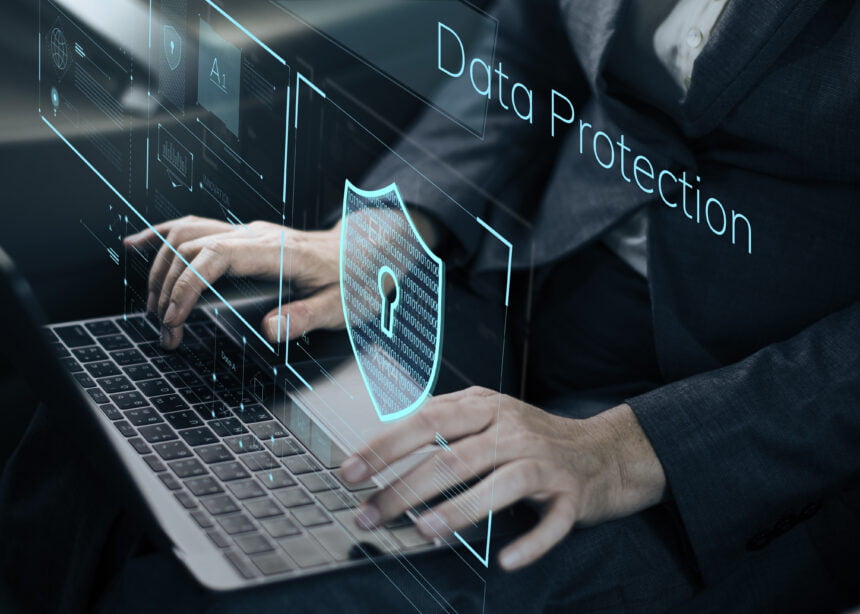Who doesn’t want to work from home? The ongoing pandemic has granted such an opportunity for many people. Unfortunately, it is not without its own challenges. The truth is that earning money directly from the comfort of our houses can still mean a lot of headaches if we don’t choose the right software. Luckily enough, the internet has so much to offer us all!
Remote work also offers a lot of benefits for companies, but you know what they say that you can’t have them all in life! Remote work also presents some security challenges that cannot be found in the case of traditional office environments. This is one of the reasons that AI cybersecurity solutions have become so much more popular during the pandemic.
That’s why you should take into account our tips for essential practices for data security when it comes to remote work:
Remember that threats will come
Don’t think about doing everything perfectly, and that’s especially true when it comes to technology. A lot of companies secure their infrastructure well, but they will never do it in a flawless way. Even a simple mistake like having an outdated program can create a huge vulnerability. Both the infrastructure and the apps that employees use for remote work will have vulnerabilities, and one sure way to start fighting them is to assume that they will occur.
Use a VPN
There are plenty of benefits to setting up a VPN (Virtual Private Network). It becomes possible to access resources remotely that cannot be accessible from off-site locations. Connections can be encrypted, and let’s not also forget that some access control will be provided for corporate networks.
When choosing a VPN, you must definitely avoid the free ones. We all know that quality usually costs money, and it applies to VPN’s very well.
Beware of phishing attacks
Spammers can send phishing attacks through emails, and simply clicking on a suspicious link can get your device or network infected. That’s why it’s a good idea to closely inspect any email you receive, as you never know when a phishing attack hides behind an apparently harmless message. The attacker could hide his evil schemes behind an address that looks very familiar to you, but at a second glance, you’ll see that it’s actually different. Hackers usually steal passwords and credit card information through phishing attacks.
Using secure file processing software
Not any app that you use for processing your files is secure, which means that it’s mandatory to use those that will delete any files shortly after you’ve uploaded them. One good example of such an app is the online Lua software that you can find while typing getlua.com in your browser. Lua allows you to upload various documents and compress, merge, and convert them from and to other formats such as PDF to JPG, Excel, PNG, and PPT to PDF.
Use multi-factor authentication
Waiting for an authentication code to arrive as an SMS might be a bit stressful for many people, but it’s still a great security measure. Passwords can be hacked regardless of how complicated they are, and that’s a harsh truth that we all have to live with.
Update your software regularly
Keeping your software up-to-date is one of the simplest methods of staying safe from cyber threats. Just check for the latest versions on those apps’ official websites, and the rest is easy and deductible! Updates often include new features, bug fixes, as well as other security measures.
Of course, the list of essential practices for data security could continue, but these were our top tips. Some experts would consider that creating strong passwords or leaving your laptop unattended should also be in the first six tips, but we’re very confident in our selection. We would be very happy to know if you have other proposals, and the comment section is free to use!

